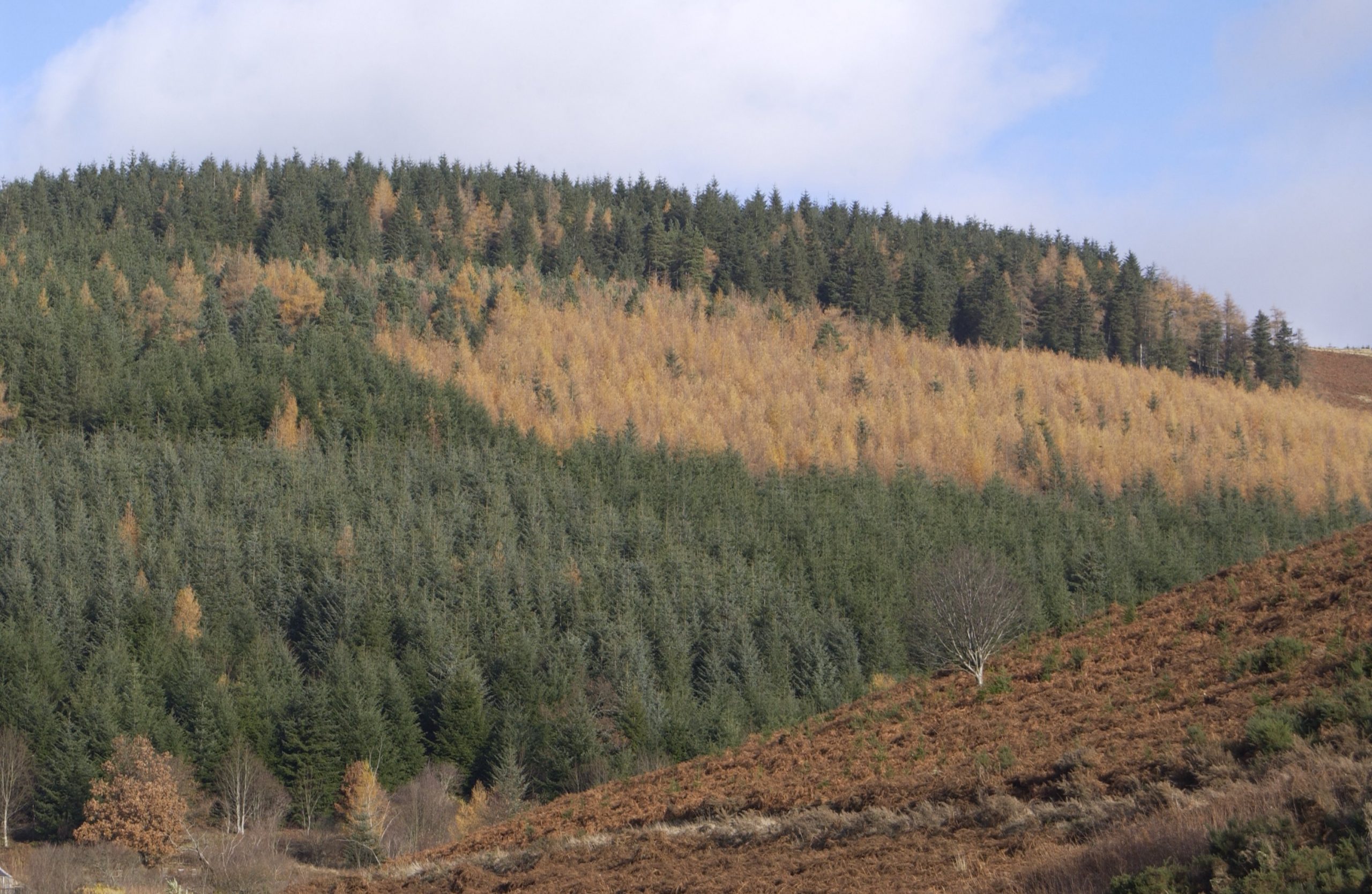We use some essential cookies to make this website work.
We’d like to set additional cookies to understand how you use forestresearch.gov.uk, remember your settings and improve our services.
We also use cookies set by other sites to help us deliver content from their services.

A series of nine local authority case studies in England to understand the processes, drivers and barriers behind tree strategy development and implementation.
Forests are particularly vulnerable to movements of Invasive Alien Species. Multiple pathways for transfer of pests internationally are poorly characterised, leading to increasing transfer and establishment of new damaging organisms. This EU COST Action FP1002 aims to address this shortfall in knowledge and practice, and focus on reducing threats from...
Details of the Observatree project to set up a new tree health early warning system in the UK.
This page summarises Forest Research’s work in a Defra-funded project to identify and analyse all stakeholders involved in monitoring and protecting the health of trees in the UK.
Details of the Dothistroma Needle Blight management strategy
This page summarises findings from Forest Research’s analysis of the 2012 outbreak of Asian Longhorn Beetle (ALB) in Kent, funded by Defra.
This research aims to better understand potential large-scale threats to plant biosecurity in Scotland. We are exploring the risks posed by i) non-specialist and online horticultural sales, ii) large-scale plantings for landscaping and infrastructure projects, and iii) large-scale tree plantings for environmental benefits.
Details of the improved methods for the early detection of Oak Processionary Moth
The changing climate is increasing the risk to trees and woodlands from pests and pathogens, with outbreaks of new pests and diseases and changes to the frequency and severity of existing outbreaks, due to climate-related factors.
Investigations which the Imperial Forestry Institute had been carrying out for the Forestry Commission since 1929 were already yielding interesting results when the great May frosts of 1935 occurred.
This Bulletin summarises results gained from the extensive programme of experiments and enquiries carried out by the Forestry Commission’s Research Division, from its inception in 1919 until the year 1970, together with the practical experience obtained in the large-scale raising of planting stocks for the national afforestation programme.
Cookies are files saved on your phone, tablet or computer when you visit a website.
We use cookies to store information about how you use the dwi.gov.uk website, such as the pages you visit.
Find out more about cookies on forestresearch.gov.uk
We use 3 types of cookie. You can choose which cookies you're happy for us to use.
These essential cookies do things like remember your progress through a form. They always need to be on.
We use Google Analytics to measure how you use the website so we can improve it based on user needs. Google Analytics sets cookies that store anonymised information about: how you got to the site the pages you visit on forestresearch.gov.uk and how long you spend on each page what you click on while you're visiting the site
Some forestresearch.gov.uk pages may contain content from other sites, like YouTube or Flickr, which may set their own cookies. These sites are sometimes called ‘third party’ services. This tells us how many people are seeing the content and whether it’s useful.